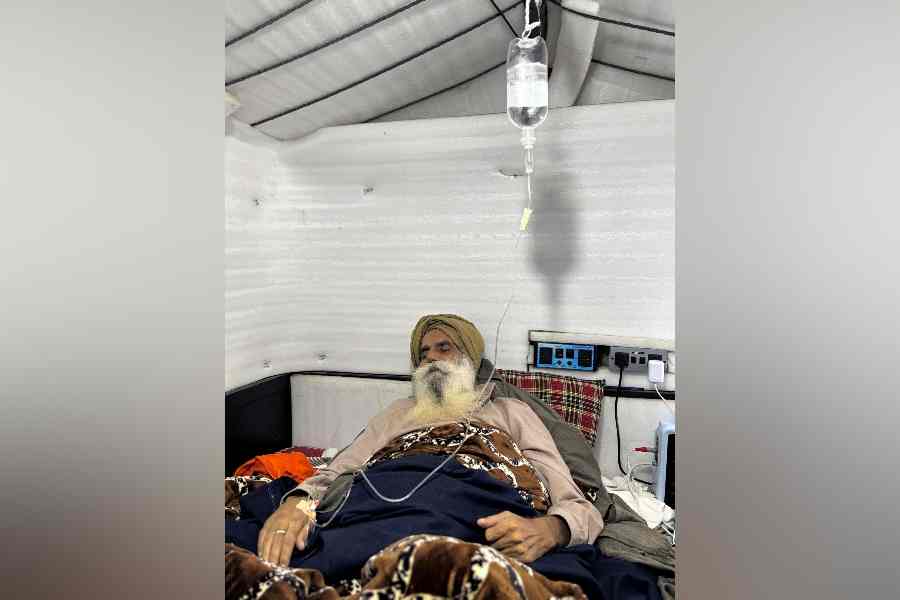Indian agriculture is well-known for a number of complex problems that contribute toward poverty, inequality, and low productivity. Recent data compiled by the Reserve Bank of India reveal a great deal of variations in rural wages for the year, 2021-22. While a rural wage earner in Kerala had an average monthly earning of Rs 18,170, the figure in Gujarat was Rs 5,500 per month. The national average across states was a wage of Rs 323.2 per day. This would turn out to yield a monthly income of Rs 8,080 per month, assuming a worker had worked for 25 days in a month. In fact, a number of states other than Gujarat have rural wages less than the national average. These include Madhya Pradesh, Uttar Pradesh, Bihar and Maharashtra. On the other hand, states like Kerala, Himachal Pradesh and Tamil Nadu, among others had rural wages much higher than the national average. The year for which these data were compiled, namely 2021-22, was a bad year for economic activity due to the incidence of Covid and its associated disruptions. It could have depressed rural wages in some areas where the disruptions were the most. However, it does not explain the variations across states and the implications for rural demand.
The marked variations in rural wages across states show the imperfect nature of rural labour markets. Ideally, wage differences would induce migration from low to high-wage destinations. In India, even though migration does take place, there are cultural and language barriers that restrict these flows. The year, 2021-22, was bad from this angle too. Covid had induced reverse migration to home states. The second aspect of concern that can trigger wage differences is the local climate in different states that affect agricultural activities and, hence, rural wages. Agriculture is still dependent on monsoons and climate variations have been accentuated by global warming. Another implication of imperfect markets coupled with climatic unpredictability would be uncertainties in jobs and incomes. Hence, even though there has been a recent trend of lower demand for jobs under the Mahatma Gandhi National Rural Employment Guarantee Act, depressed wages can, once again, lead to a need for greater allocation for employment under MGNREGA for wage earners to supplement incomes. Finally, there are possibilities of boosting non-agricultural sources of rural incomes such as floriculture, horticulture, local food processing and cold chains. These would increase rural incomes and provide new employment opportunities. Policymakers need to take a relook at the entire sector. But before doing so, they must talk to rural workers to find out what actually ails them.











